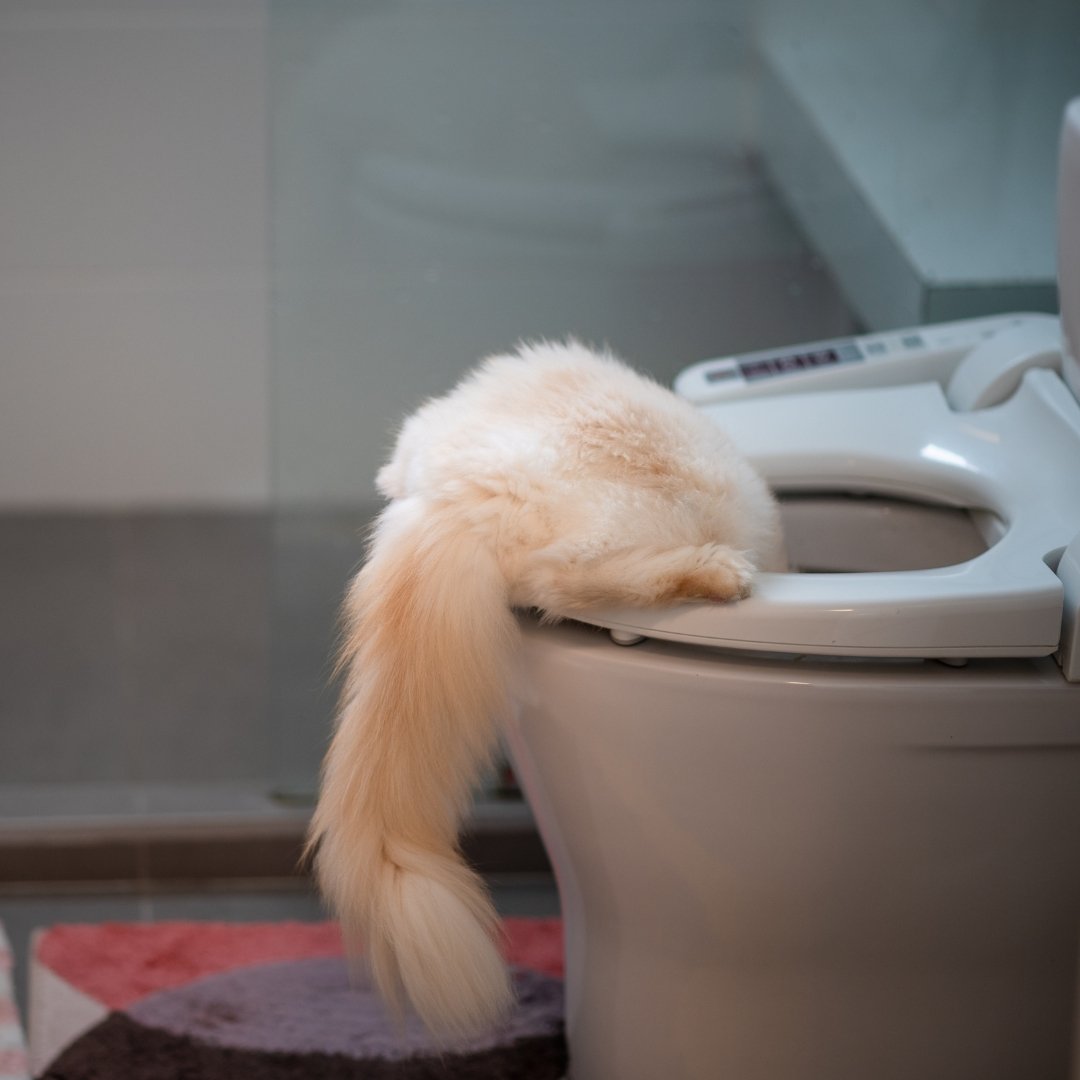Why You Should Never Flush Cat Poop Down Your Toilet - Important Facts
Why You Should Never Flush Cat Poop Down Your Toilet - Important Facts
Blog Article
They are making a few good observations on Don’t flush cat feces down the toilet as a whole in this great article further down.

Introduction
As feline proprietors, it's necessary to bear in mind just how we deal with our feline close friends' waste. While it might seem hassle-free to flush cat poop down the bathroom, this technique can have destructive effects for both the environment and human health.
Alternatives to Flushing
Luckily, there are more secure and more responsible methods to take care of feline poop. Take into consideration the following choices:
1. Scoop and Dispose in Trash
One of the most usual approach of disposing of cat poop is to scoop it into a biodegradable bag and throw it in the trash. Make certain to make use of a dedicated litter scoop and take care of the waste immediately.
2. Usage Biodegradable Litter
Select eco-friendly pet cat clutter made from materials such as corn or wheat. These clutters are eco-friendly and can be securely disposed of in the trash.
3. Hide in the Yard
If you have a backyard, take into consideration hiding pet cat waste in an assigned location away from vegetable gardens and water sources. Be sure to dig deep enough to prevent contamination of groundwater.
4. Install a Pet Waste Disposal System
Purchase a family pet waste disposal system specifically made for pet cat waste. These systems utilize enzymes to break down the waste, reducing smell and environmental impact.
Health Risks
Along with ecological issues, flushing pet cat waste can likewise position wellness risks to human beings. Feline feces may have Toxoplasma gondii, a bloodsucker that can create toxoplasmosis-- a potentially serious illness, particularly for pregnant women and people with damaged immune systems.
Ecological Impact
Purging cat poop presents unsafe microorganisms and parasites right into the water system, presenting a considerable risk to water environments. These pollutants can negatively impact marine life and concession water top quality.
Conclusion
Liable pet possession extends past offering food and shelter-- it also entails correct waste monitoring. By avoiding flushing cat poop down the bathroom and opting for alternate disposal approaches, we can reduce our ecological footprint and protect human wellness.
Why Can’t I Flush Cat Poop?
It Spreads a Parasite
Cats are frequently infected with a parasite called toxoplasma gondii. The parasite causes an infection called toxoplasmosis. It is usually harmless to cats. The parasite only uses cat poop as a host for its eggs. Otherwise, the cat’s immune system usually keeps the infection at low enough levels to maintain its own health. But it does not stop the develop of eggs. These eggs are tiny and surprisingly tough. They may survive for a year before they begin to grow. But that’s the problem.
Our wastewater system is not designed to deal with toxoplasmosis eggs. Instead, most eggs will flush from your toilet into sewers and wastewater management plants. After the sewage is treated for many other harmful things in it, it is typically released into local rivers, lakes, or oceans. Here, the toxoplasmosis eggs can find new hosts, including starfish, crabs, otters, and many other wildlife. For many, this is a significant risk to their health. Toxoplasmosis can also end up infecting water sources that are important for agriculture, which means our deer, pigs, and sheep can get infected too.
Is There Risk to Humans?
There can be a risk to human life from flushing cat poop down the toilet. If you do so, the parasites from your cat’s poop can end up in shellfish, game animals, or livestock. If this meat is then served raw or undercooked, the people who eat it can get sick.
In fact, according to the CDC, 40 million people in the United States are infected with toxoplasma gondii. They get it from exposure to infected seafood, or from some kind of cat poop contamination, like drinking from a stream that is contaminated or touching anything that has come into contact with cat poop. That includes just cleaning a cat litter box.
Most people who get infected with these parasites will not develop any symptoms. However, for pregnant women or for those with compromised immune systems, the parasite can cause severe health problems.
How to Handle Cat Poop
The best way to handle cat poop is actually to clean the box more often. The eggs that the parasite sheds will not become active until one to five days after the cat poops. That means that if you clean daily, you’re much less likely to come into direct contact with infectious eggs.
That said, always dispose of cat poop in the garbage and not down the toilet. Wash your hands before and after you clean the litter box, and bring the bag of poop right outside to your garbage bins.
https://trenchlesssolutionsusa.com/why-cant-i-flush-cat-poop/

We were made aware of that write-up about How to Dispose of Cat Poop and Litter Without Plastic Bags from a good friend on our other web page. Sharing is caring. You just don't know, you may be helping someone out. Thank you for your time. Come back soon.
Click Here Report this page